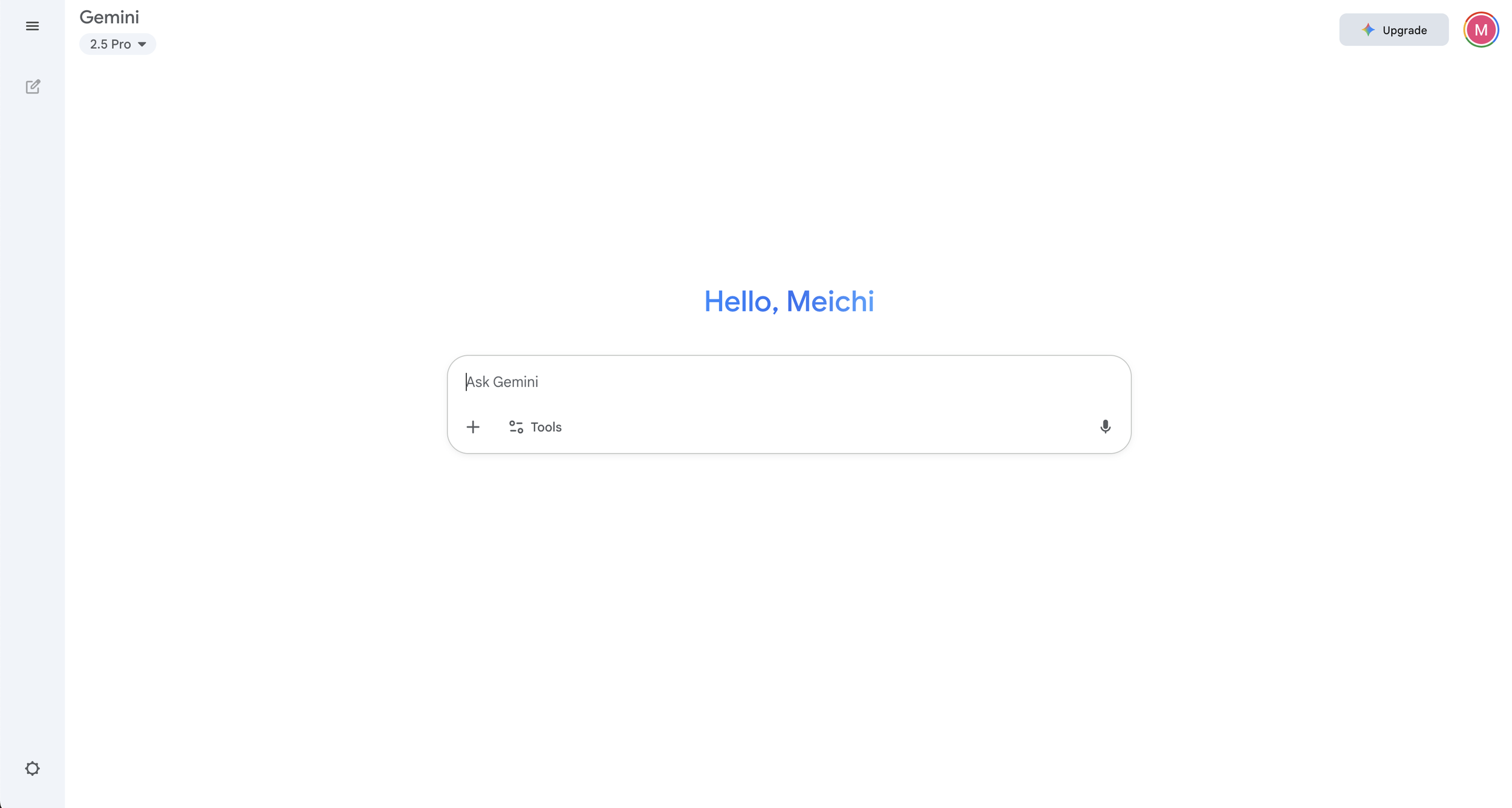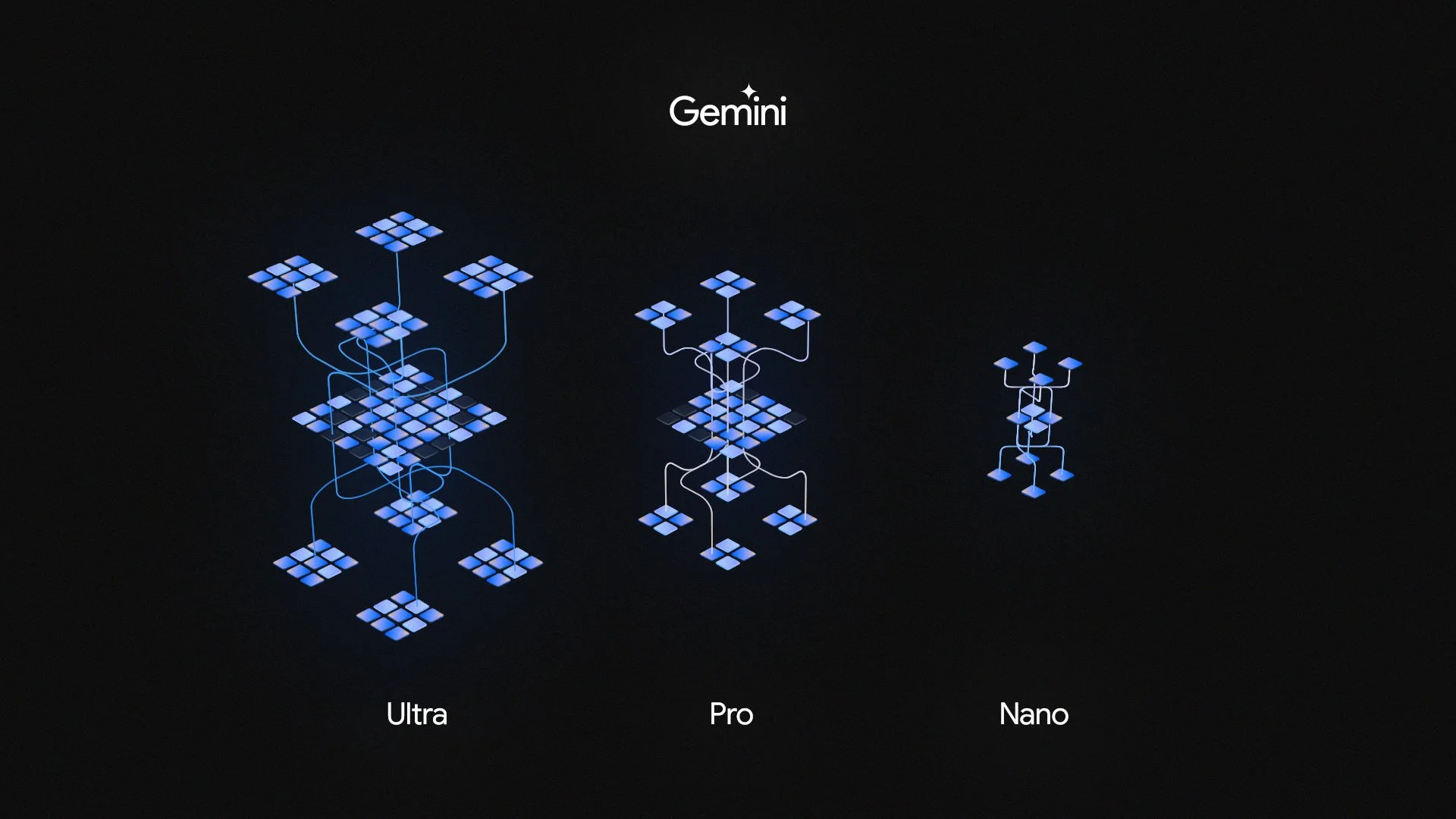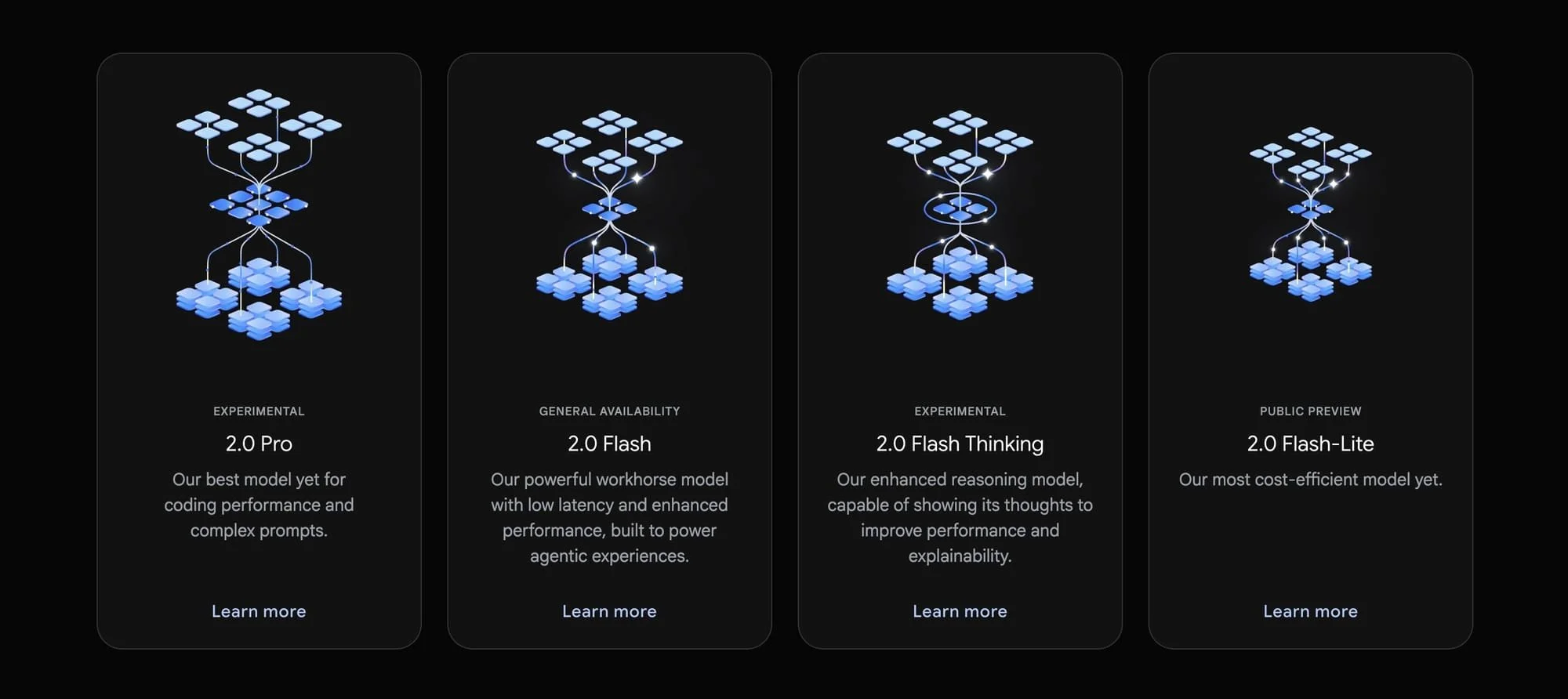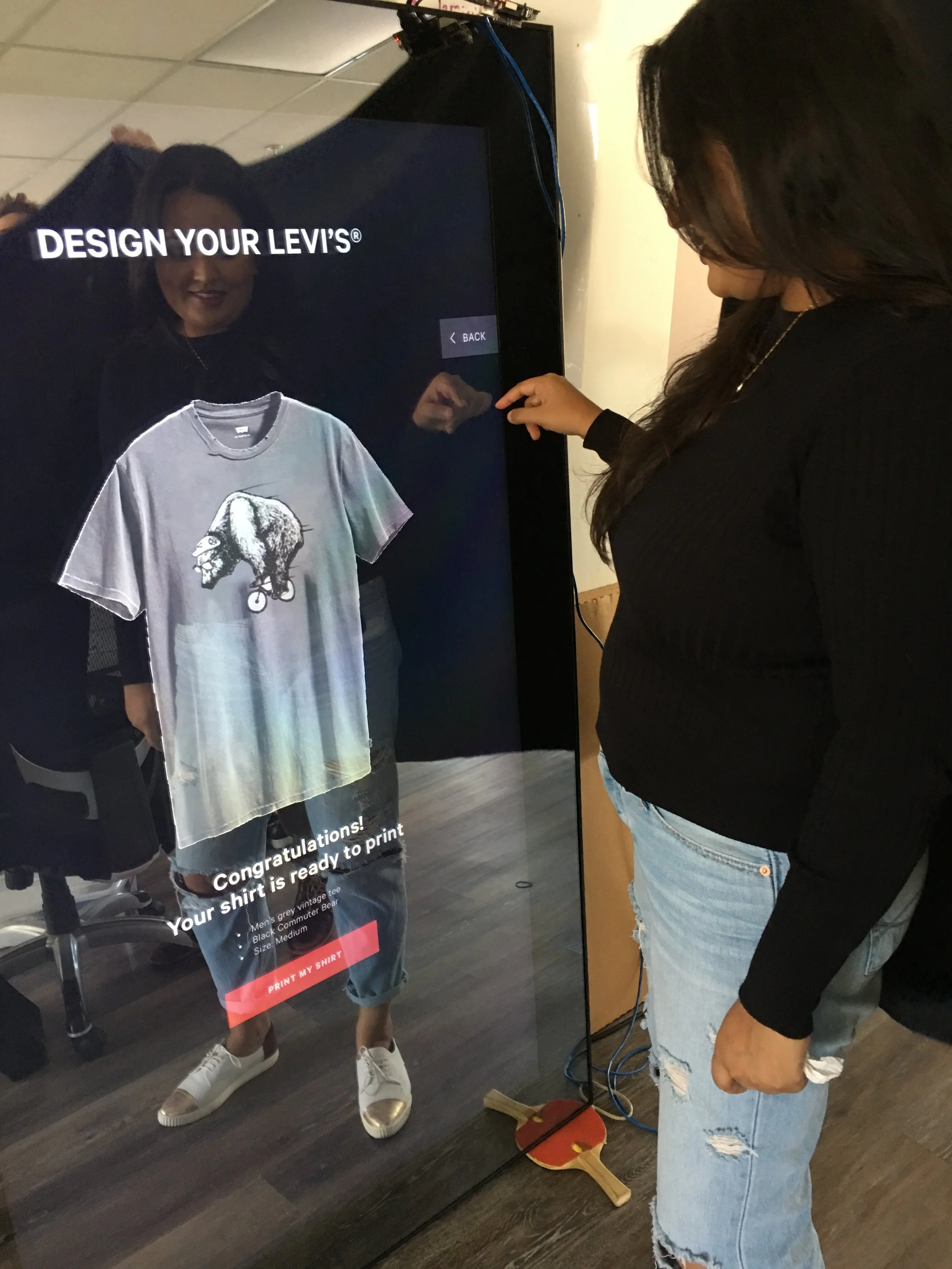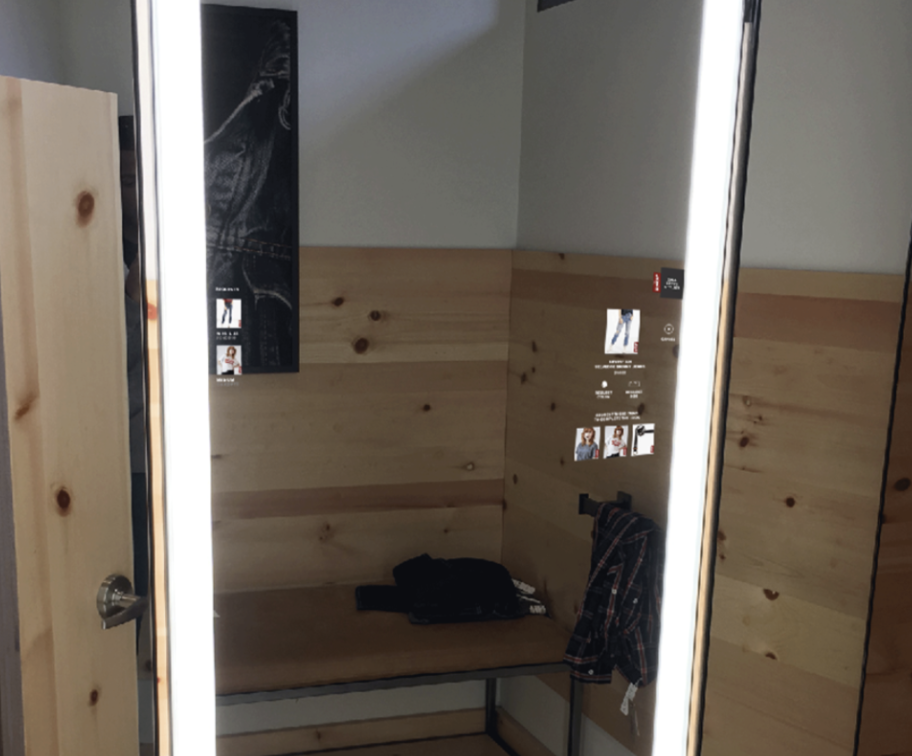Hello, my name is Meichi Ng.
I’m a Senior Product Designer,
currently designing for Gemini at Google.
I have 14+ years of design experience crafting user-focused products for
global brands like Google, Levi’s,
Shell, and more.
“Design creates culture. Culture shapes values. Values determine the future.”
- Robert L. Peters
“Design creates culture. Culture shapes values. Values determine the future.” - Robert L. Peters
Past Projects
Desining for
Google Gemini
A quarterly investigation into the psychology of fashion, with an even split between academic and cultural inquiry. Our latest issue covers the new generation of avant-garde luxury brands emerging from South Korea.
Designing Google’s
Internal AI Training Tool
I help established brands understand new audiences in emerging markets, with a special focus on shifting definitions of luxury in rapidly modernizing economies.
Designing a Smart Mirror Experience for Levi’s
I’ve conducted numerous color studies for major fashion houses to help predict palettes for seasonal collections. I have contacts with research organizations in over forty countries to deliver a truly international perspective.
Designing for Google Gemini
Product
Google Gemini
Users
Global audience
My Role
Senior Product Designer
Collaborators
AI Engineers, Researchers, Product Managers, UX Writers
Tools Used
Google Slides for leadership presentations, Figma for crafting final design spec and prototyping, Google AI Studio for rapid prototyping
My Deliverables
Defining gaps and identifying opportunities in the existing solution
Set long-term and short-term vision for the product experience
Propose solutions that work within the existing design system but also identifying areas of potential innovation as needed
Drive stakeholder alignment with PM/ENG/UX partners to scope out the work and identify execution strategy based on business goals, eng constraints, and project timelines
Present user-focused solutions to leadership and advocate for opportunities to improve the product for the user
Project Goal
How might we make Google Gemini more discoverable, approachable, and useful to a global audience? Collaborating with AI researchers, engineers, and product managers, my focus is on improving the first-time user experience, discoverability of features within Gemini, and approachability of AI—encouraging exploration, new feature usage, and interaction with Gemini.
The Challenges
Stakeholder and leadership alignment is always the greatest challenge at Google, the expectation to deliver quality work within a short timeframe means working with the team to ensure we are doing our due diligence to identify and prioritize gaps and opportunities, advocating for the best user experience when presenting design strategy and solutions to leadership, all the while balancing business, UX, and engineering constraints
in our final execution.
Additionally, Gemini’s rapidly expanding feature set introduced its own complexity. Designing a system capable of orchestrating contributions from multiple feature teams—and integrating them into a cohesive discovery and review experience—proved challenging. Creating a flexible framework that could support constant iteration while remaining intuitive for Gemini users was a key part of the design problem.
Impact & Results
We introduced a series of discovery elements and educational moments into Gemini’s experience for first time and returning users. This improved user engagement, perceived helpfulness of the product, decreased barriers to entry, and increased MAUs/DAUs. The end result was a more approachable AI experience for a global audience.
Designing for Google’s Internal AI Training Tool
Product
Google’s Internal AI Training Tool
Users
Internal tool for Google’s Human Reviewers
My Role
Senior Product Designer
Collaborators
Human Reviewers, AI Engineers, Researchers, Product Managers
Tools Used
Google Slides for leadership presentations, Figma for crafting final design spec and prototyping, Google AI Studio for rapid prototyping
My Deliverables
Defining gaps and identifying opportunities in the existing solution
Set long-term and short-term vision for the product experience
Propose solutions that work in a systemic and forward-thinking way, with no existing design system to rely on
Drive stakeholder alignment with PM/ENG/UX partners to scope out the work and identify execution strategy based on business goals, eng constraints, and project timelines
Present human reviewer-focused solutions to leadership and advocate for opportunities to improve the product for our model evaluators
Project Goal
How might we design an internal training tool for Google AI models where we enable human reviewers to efficiently read, annotate, and process conversational data? Collaborating with human reviewers for our AI models, AI researchers, engineers, and product managers, my focuswas on designing an interface for human reviewers that streamlined the AI training workflow, improving the quality of our AI models.
The Challenges
Designing a tool for human reviewers working with Gemini AI presented a unique set of challenges. Unlike a traditional product with a well-defined feature set, the requirements for this tool evolved rapidly as we uncovered what was needed to effectively train large language models. Features had to be added, adjusted, or re-prioritized as we gained a deeper understanding of the annotation process and the complexity of model training. This meant designing for flexibility, creating modular interfaces that could adapt to shifting priorities while ensuring the tool remained intuitive and reliable for reviewers whose workflow depended on it. Balancing the immediate needs of reviewers with the long-term vision of a scalable, future-proof system required constant iteration and close collaboration with research, engineering, and operations teams.
Impact & Results
We built an AI training tool that improved the the quality, consistency, and scalability of the human reviewer workflow while supporting continuous model refinement. The product empowered human reviewers with intuitive interfaces, simplified training and annotation features, and integrated feedback loops to accelerate the development of safer, more accurate, and more helpful AI models. Our solution enabled human reviewers to evaluate models faster, and more efficiently, improving our AI models significantly.
Designing a Smart Mirror Experience for Levi’s
Product
Levi’s Smart Mirror
Users
Levi’s global customers
My Role
Lead Designer
Collaborators
Levi’s stakeholders, engineers, product managers
Tools Used
Google Slides for leadership presentations,
Figma for crafting final design spec and prototyping
My Deliverables
Defining gaps and identifying opportunities in the existing change room experience at Levi’s
Set long-term and short-term vision for the product experience
Propose and iterate on design solutions that work in a Smart Mirror (while developing this smart mirror with the engineering team)
Drive stakeholder alignment with the Levi’s leadership team and identify execution strategy based on business goals, eng constraints, and project timelines
Present customer-focused solutions to Levi’s and advocate for opportunities to improve the product for their customers
